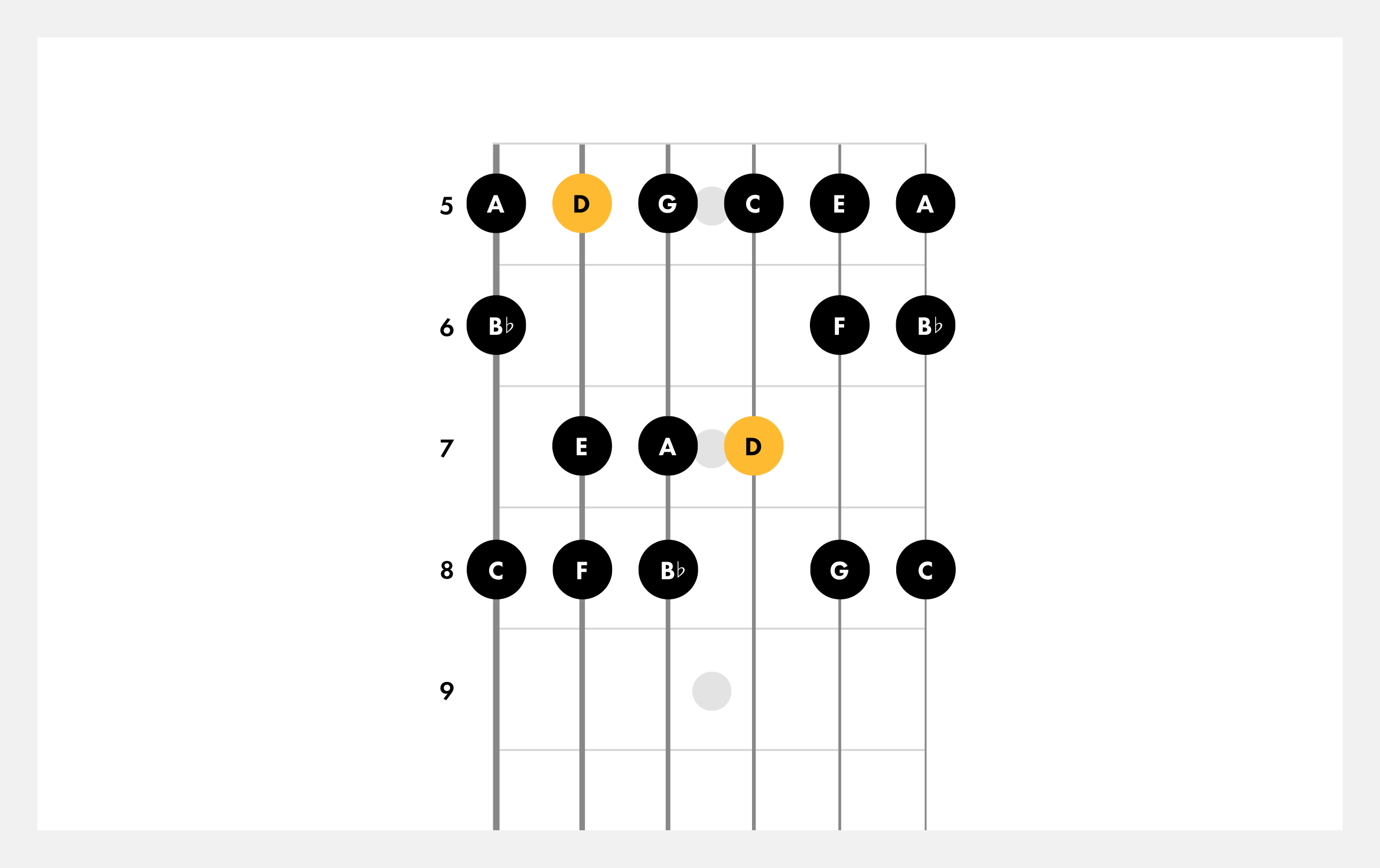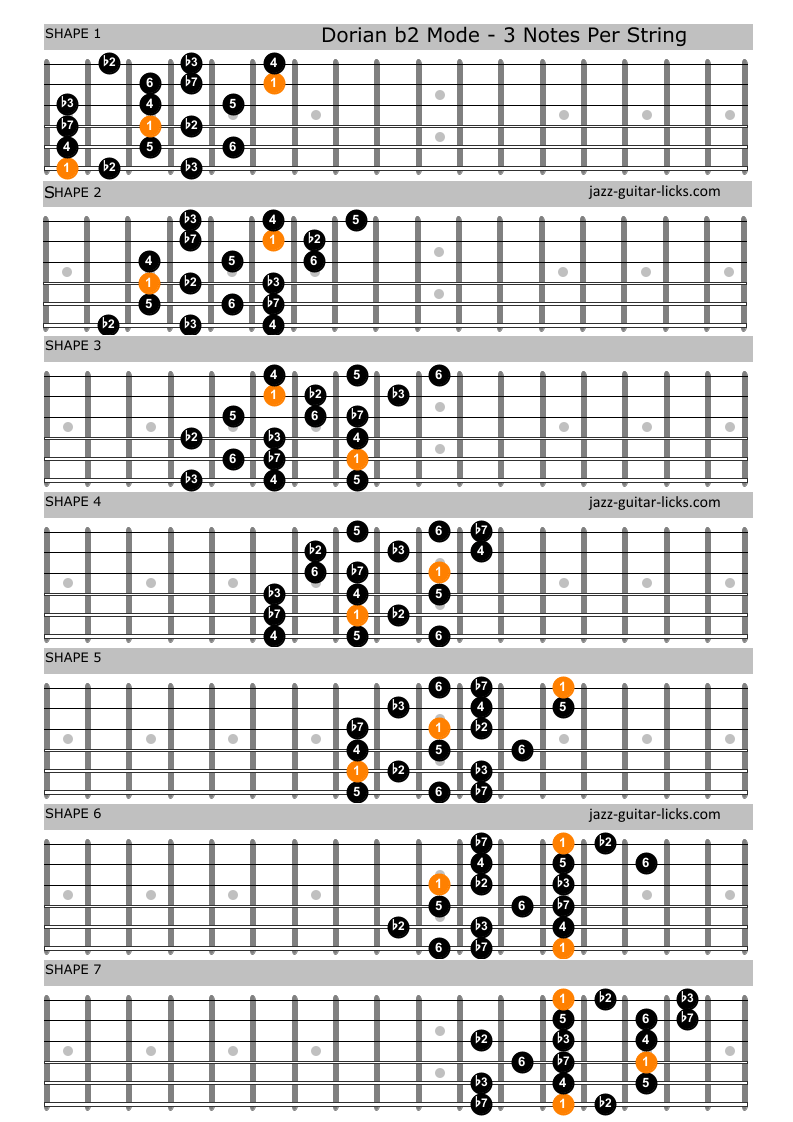

I tend to see two main uses of the major scale.

You will often find chord progressions where all of the chords are the chords formed by a certain major scale. The same concept applies to all the keys and will form the corresponding chords for that key: These are the chords for each of the degrees of the scale as well as an example in C major. Lets take a look here at what the results of this are.
SECOND NOTES ON THE D SCALE HOW TO
This article will take you though how to form the most common chords that are based of the major scale. To see how this happens, take a look at our article on forming chords from scales. Each note of the scale will have a number of chords that can be formed from it using other notes of the scale.

You can use scales to form families of chords. You should try to become familiar with the number of the notes in the scales when you learn the scale positions presented above. The notes of the C Major scale and their numbering, or degrees (in roman numerals) is as follows:Īs a lot of the harmonic effect of music is based more on the positions of notes in relation to the notes around them, rather than the actual note being played, it is useful to learn the see the notes of the scales in terms of their numbers rather than the notes.įor example, if you are playing in the key of C major, if you play an A, it is more useful to see this note as the 6th note of C major rather than the note of A. Here we will use the notes of the C major scale, but the same concept can be applied in any key. This is best illustrated with an example. Starting with the root note being numbered 1, each successive note is a number higher until you get to the root again. In learning a scale such as the major scale it is very useful to see the notes of the scales in terms of scale degrees or numbers. Once you are familiar with these positions, you can learn the other positions of the major scale as follows: The two most commonly used positions of the major scale are the positions with the root note of the scale under the second finger on the sixth string and the position with the root note under the second finger of the fifth string. After becoming versatile with 2 positions of the scale, you can then move on to practicing the scale in all five positions. This will give you enough knowledge to start to improvise with the scale and enough versatility to start to change scales at different points in a solo.

I tend to recommend to try to start with two positions of the scale first and learn this well. It is important to try to practice and learn each scale in all five positions so you can play the scales in a natural and intuitive way without having to think about the fingering while you are playing. In learning scales on the guitar, there are typically five positions of each scale that can be learned. Learning the Different Positions of the Major ScaleĪs well as understanding how to form the scale, it is important to learn the major scale in a number of positions on the guitar neck. Using this formula it is very easy to form a major scale on a single string of the guitar.įor example, in the Key of E major, we would start on an E (say the open position of the first string) and could form the scale as follows: Major Scale Formula: Tone – Tone – Semitone – Tone – Tone – Tone – Semitone
SECOND NOTES ON THE D SCALE SERIES
You can form a major scale by playing a series of notes from the root of the note (or the key of the scale) that are tones and semi-tones apart according to the following formula. A Semi-Tone on a guitar would be the distance between two notes that are one fret apart on the same string, while a tone is the distance between two notes that are two frets apart. Tones and Semi-Tones are examples of intervals between notes. The major scale (in any key) can be formed through a sequence of tones and semitones.


 0 kommentar(er)
0 kommentar(er)
